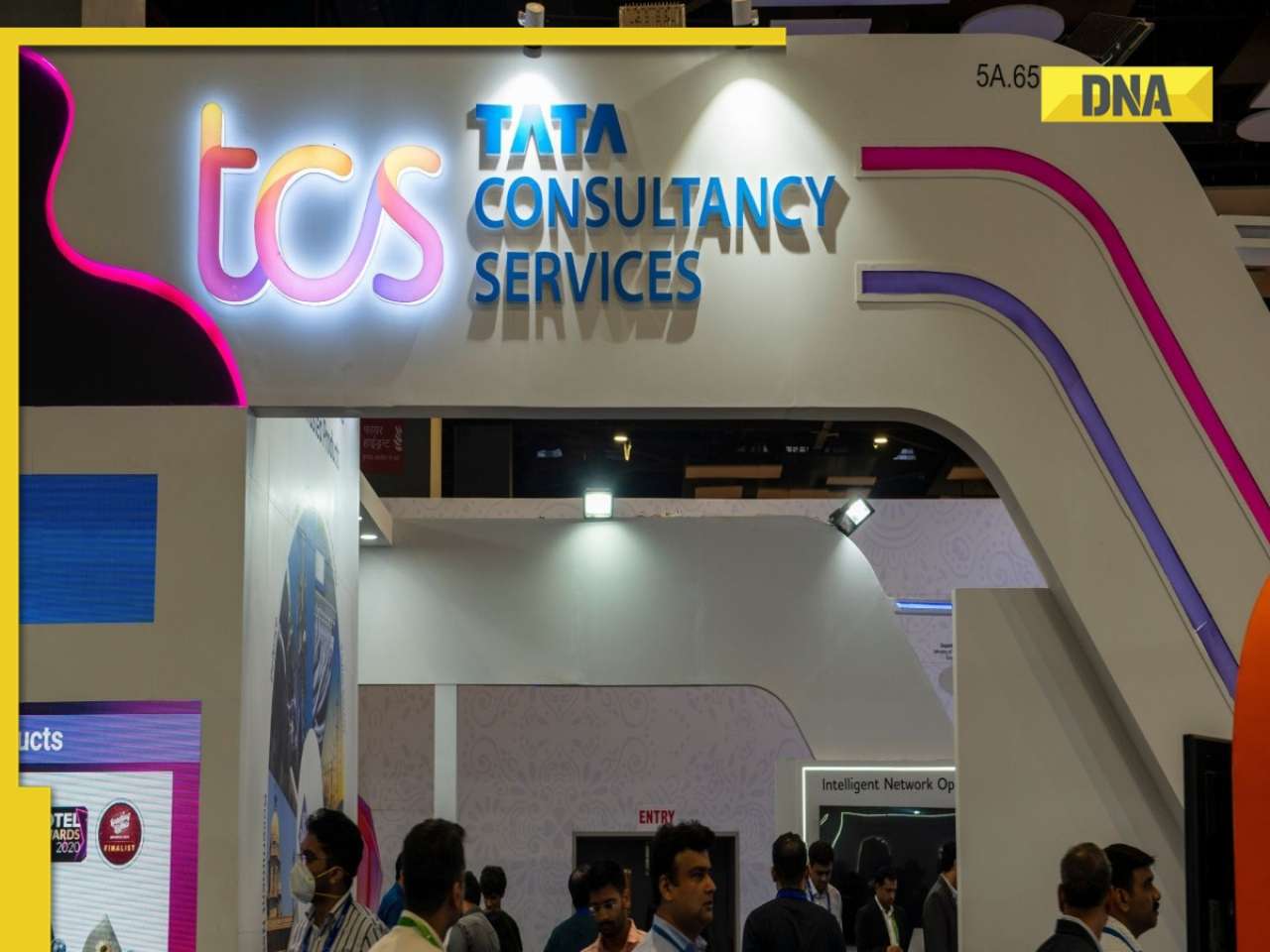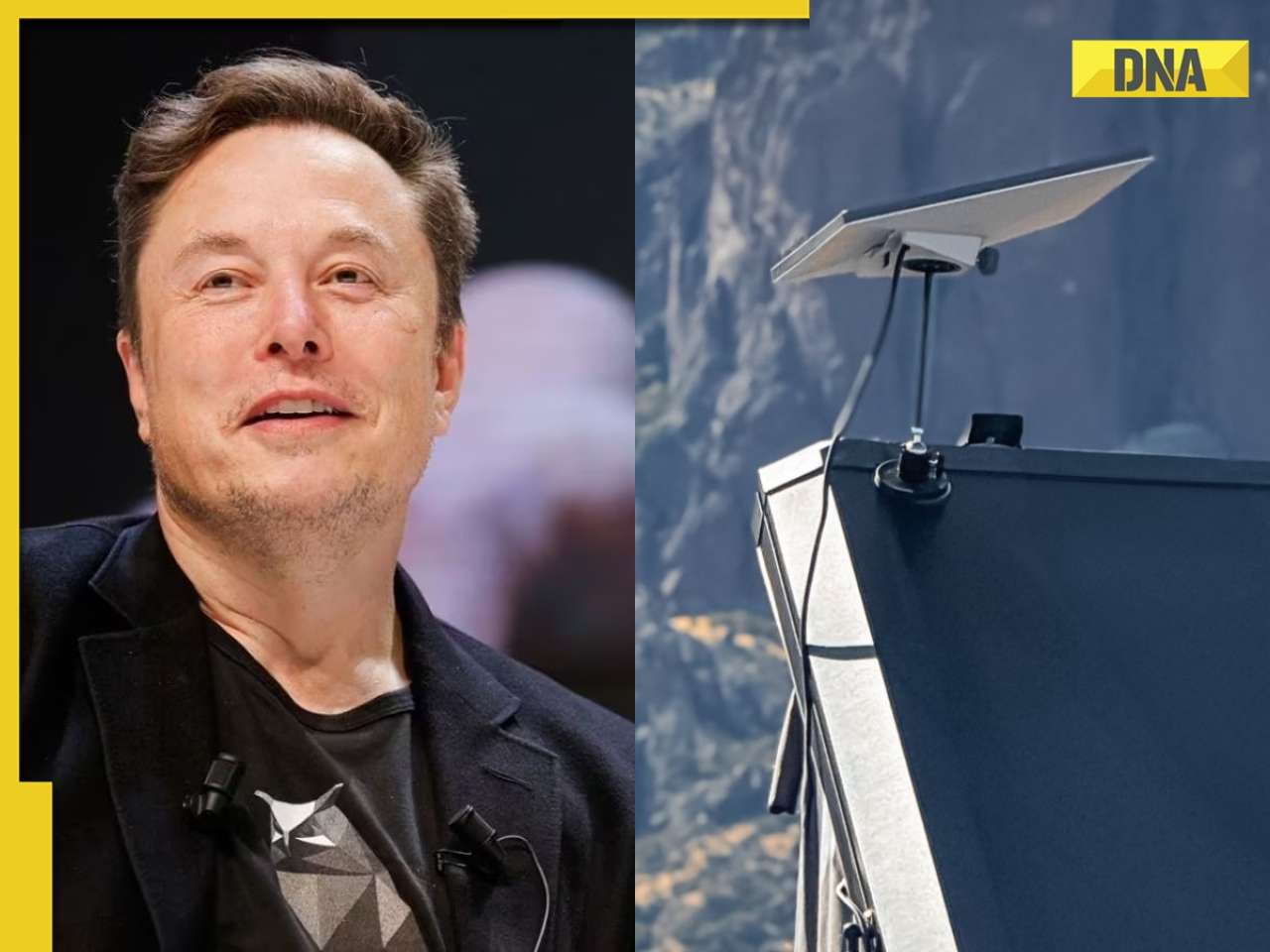Guinness World Records describes the ISS as the "most expensive man-made object" due to its astronomical price tag, which some sources place at over $150 billion.
When you think of the costliest human creations, what comes to mind? Perhaps iconic skyscrapers like the Burj Khalifa, architectural wonders like the Taj Mahal, or cutting-edge machines like a colossal aircraft. But none of these claims the title. Instead, the most expensive man-made structure isn’t even on Earth—it’s orbiting above us. The International Space Station (ISS), a technological masterpiece, holds this distinction with an estimated cost exceeding $100 billion, as recognized by the Guinness World Records.
Guinness World Records describes the ISS as the "most expensive man-made object" due to its astronomical price tag, which some sources place at over $150 billion. But what justifies this hefty investment? The ISS represents an unprecedented collaboration among international space agencies, including NASA, the Canadian Space Agency (CSA), Japan's JAXA, and Russia's Roscosmos. Conceived in the 1980s as NASA's "Freedom" space station, it evolved into a global project when it became clear that a single nation couldn’t handle the scale of such an endeavor. Launched on November 20, 1998, the ISS was envisioned as a versatile hub for research, exploration, and innovation in low-Earth orbit.
Designed with a modular structure, the ISS can adapt to changing needs, allowing for the addition or removal of components. This adaptability supports its roles as a laboratory, observatory, and even a staging area for future missions to the Moon and Mars. Its critical systems include life support, power management, and advanced communication networks. Maintaining this marvel isn’t cheap either—millions are spent each year on repairs and upgrades, making the ISS a continually growing investment in humanity’s exploration of space.
Find your daily dose of All
Latest News including
Sports News,
Entertainment News,
Lifestyle News, explainers & more. Stay updated, Stay informed-
Follow DNA on WhatsApp. Nimisha Priya case: BIG relief for Indian nurse on death row in Yemen, claims Grand Mufti's office
Nimisha Priya case: BIG relief for Indian nurse on death row in Yemen, claims Grand Mufti's office Walmart salaries REVEALED: How much software engineers, project managers, data scientists earn at retail giant
Walmart salaries REVEALED: How much software engineers, project managers, data scientists earn at retail giant Pahalgam Terror Attack mastermind among three killed in Operation Mahadev on Srinagar outskirts, he is...
Pahalgam Terror Attack mastermind among three killed in Operation Mahadev on Srinagar outskirts, he is... DNA TV Show: Political row erupts over Congress leader P Chidambaram's 'homegrown terrorists' remark
DNA TV Show: Political row erupts over Congress leader P Chidambaram's 'homegrown terrorists' remark Siddharth Anand calls Saiyaara Mohit Suri's 'best film'; praises Ahaan Panday, Aneet Padda: 'Who said love stories are...'
Siddharth Anand calls Saiyaara Mohit Suri's 'best film'; praises Ahaan Panday, Aneet Padda: 'Who said love stories are...' Side sleeping vs back sleeping: Which is better for your health and posture?
Side sleeping vs back sleeping: Which is better for your health and posture? Ditch the Phone: 7 digital detox habits for peaceful mornings
Ditch the Phone: 7 digital detox habits for peaceful mornings What happens if you eat peanut butter daily? Know its health risks
What happens if you eat peanut butter daily? Know its health risks Why should you gargle with alum (Phitkari) water? Know top 7 health benefits
Why should you gargle with alum (Phitkari) water? Know top 7 health benefits 6 surprising tricks to boost your height post-adolescence
6 surprising tricks to boost your height post-adolescence Tata Harrier EV Review | Most Advanced Electric SUV from Tata?
Tata Harrier EV Review | Most Advanced Electric SUV from Tata? Vida VX2 Plus Electric Scooter Review: Range, Power & Real-World Ride Tested!
Vida VX2 Plus Electric Scooter Review: Range, Power & Real-World Ride Tested! MG M9 Electric Review | Luxury EV with Jet-Style Rear Seats! Pros & Cons
MG M9 Electric Review | Luxury EV with Jet-Style Rear Seats! Pros & Cons Iphone Fold: Apple’s iPhone Fold Could Solve Samsung’s Biggest Foldable Problem | Samsung Z Fold 7
Iphone Fold: Apple’s iPhone Fold Could Solve Samsung’s Biggest Foldable Problem | Samsung Z Fold 7 Trump News: Congress Seeks Answers On Trump's Alleged Mediation In Operation Sindoor
Trump News: Congress Seeks Answers On Trump's Alleged Mediation In Operation Sindoor Walmart salaries REVEALED: How much software engineers, project managers, data scientists earn at retail giant
Walmart salaries REVEALED: How much software engineers, project managers, data scientists earn at retail giant India to ink Rs 7800210000 deal with US to produce....; new product to help in special operations
India to ink Rs 7800210000 deal with US to produce....; new product to help in special operations Good news for Gautam Adani, this company reports Q1 operational revenue rise of...
Good news for Gautam Adani, this company reports Q1 operational revenue rise of... Is AI reason behind TCS layoff decision? Tata firm imparts AI training to... employees
Is AI reason behind TCS layoff decision? Tata firm imparts AI training to... employees Elon Musk's Starlink to affect Mukesh Ambani's Jio, Sunil Mittal's Airtel services in India? Govt says it can have only...
Elon Musk's Starlink to affect Mukesh Ambani's Jio, Sunil Mittal's Airtel services in India? Govt says it can have only... From Pinocchio to Little Women: 5 must-watch K-dramas that celebrate journalism
From Pinocchio to Little Women: 5 must-watch K-dramas that celebrate journalism Manushi Chhillar's channels romantic-meets-sultry vibes in Shantanu and Nikhil’s black lace ensemble
Manushi Chhillar's channels romantic-meets-sultry vibes in Shantanu and Nikhil’s black lace ensemble Bhumi Pednekar serves royal glam in Ritu Kumar’s lehenga with modern twist; SEE PICS
Bhumi Pednekar serves royal glam in Ritu Kumar’s lehenga with modern twist; SEE PICS Dark underarms? Shahnaz Hussain's approved natural remedies will transform them naturally
Dark underarms? Shahnaz Hussain's approved natural remedies will transform them naturally Redmi Note 14 SE: Know features, specifications, and price in India
Redmi Note 14 SE: Know features, specifications, and price in India Nimisha Priya case: BIG relief for Indian nurse on death row in Yemen, claims Grand Mufti's office
Nimisha Priya case: BIG relief for Indian nurse on death row in Yemen, claims Grand Mufti's office Pahalgam Terror Attack mastermind among three killed in Operation Mahadev on Srinagar outskirts, he is...
Pahalgam Terror Attack mastermind among three killed in Operation Mahadev on Srinagar outskirts, he is... Mock disaster drill in Delhi-NCR: Delhi, Noida, Gurugram, Ghaziabad and others to witness mega-scale drill on...
Mock disaster drill in Delhi-NCR: Delhi, Noida, Gurugram, Ghaziabad and others to witness mega-scale drill on... S Jaishankar dismisses Donald Trump’s claims of ceasefire: ‘No linkage of trade with Operation Sindoor, no call between PM Modi, Trump’
S Jaishankar dismisses Donald Trump’s claims of ceasefire: ‘No linkage of trade with Operation Sindoor, no call between PM Modi, Trump’  Rajasthan schools closed in 11 district tomorrow as IMD issues Red alert for heavy rainfall; check list here
Rajasthan schools closed in 11 district tomorrow as IMD issues Red alert for heavy rainfall; check list here Where is Nalin Khandelwal, the 2019 NEET UG topper? What is he doing now?
Where is Nalin Khandelwal, the 2019 NEET UG topper? What is he doing now? Delhi University UG admissions 2nd allotment list released, here's how you can download it
Delhi University UG admissions 2nd allotment list released, here's how you can download it Father priest, mother daily wager: Meet three sisters who cracked UGC NET exam in first attempt, they are from...
Father priest, mother daily wager: Meet three sisters who cracked UGC NET exam in first attempt, they are from... Meet woman, who studied for over 12 hours a day, cracked UPSC exam in first attempt with AIR..., her name is...
Meet woman, who studied for over 12 hours a day, cracked UPSC exam in first attempt with AIR..., her name is... Meet IAS Ansar Shaikh's wife, who is as beautiful as Bollywood actress, is popular on social media, she works as...
Meet IAS Ansar Shaikh's wife, who is as beautiful as Bollywood actress, is popular on social media, she works as... Maruti Suzuki's e Vitara set to debut electric market at Rs..., with range of over 500 km, to launch on...
Maruti Suzuki's e Vitara set to debut electric market at Rs..., with range of over 500 km, to launch on... This is world’s most expensive wood, cost of 1kg wood is more than gold, its name is..., is found in...
This is world’s most expensive wood, cost of 1kg wood is more than gold, its name is..., is found in... This luxury car is first choice of Indians, even left BMW, Jaguar, Audi behind in sales, it is...
This luxury car is first choice of Indians, even left BMW, Jaguar, Audi behind in sales, it is... Kia India unveils Carens Clavis: Check features, design changes, price and more; bookings open on...
Kia India unveils Carens Clavis: Check features, design changes, price and more; bookings open on... Tesla CEO Elon Musk launches most affordable Cybertruck, but it costs Rs 830000 more than older version, it is worth Rs...
Tesla CEO Elon Musk launches most affordable Cybertruck, but it costs Rs 830000 more than older version, it is worth Rs...




)
)
)
)
)
)
)
)
)
)
)
)
)
)
)
)









